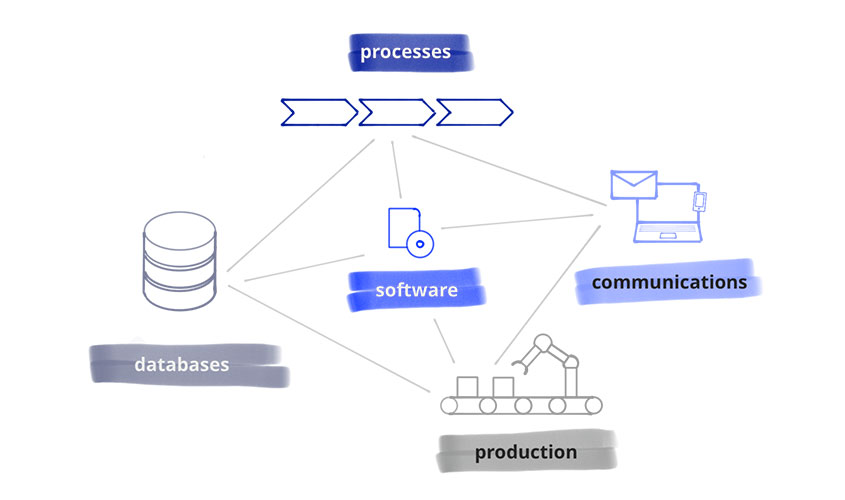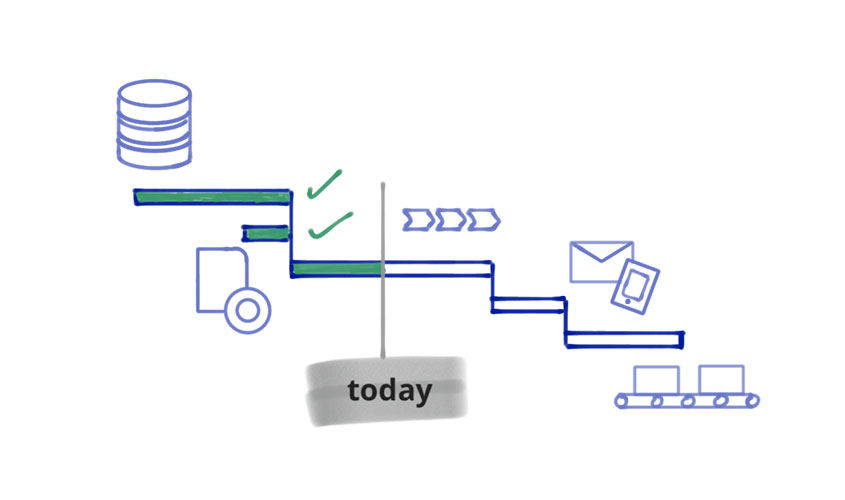
Covid-19 has forced many employees to work from home, thus further leveraging digitalisation: Meetings are no longer conducted face-to-face, but as telephone or video calls; also, rather than talking things over next to the coffee machine a phone call is made; and many processes have always been online anyway, the only difference being that now they are no longer managed via the organisation’s network, but through remote access.
This shift to a remote, digitalised environment works astonishingly well in most parts, but often the sudden break with traditional modes of operation for the sake of a completely digitalised workplace also reveals certain flaws: system overload, errors in digital processes, insufficiently aligned applications or databases, or, quite simply, limited server range or defective ports at home.
So how can processes in companies be digitalised in a way that business-related procedures run smoothly – even if all employees are suddenly ordered to work from home? As complex the problems of some companies may seem, the answer is actually quite simple: by developing and implementing a strategic roadmap for this kind of digitalisation, tailor-made for the individual enterprise.
Identifying the status quo
Before you start thinking about any strategy for digitalising processes, you should conduct a comprehensive and thorough evaluation of the status quo. This will ensure that your strategy will really meet your needs and that the existing tools will be seamlessly integrated into any new system (or that an adequate replacement is being provided for).
First you need to identify existing processes and routines. By designing a process landscape or using a similar form of visualisation, you and your staff members will get a general idea of what processes there are in your company and how they are interconnected. If your chosen mode of data representation does not only include formal procedures but also all other regular activities, any deficiencies in the system of processes will become apparent.
Then you should make a list of your IT systems and digital tools. For each individual setup or tool, you should write down its purpose, if it is linked with one or more systems and to what extent its use is standardised within your company – and if there are known problems in its application.
Having visualised the network of existing processes, digital tools and systems, you will be well-informed about the quality of your current digital processes and where improvement is necessary. Finally, you need to set your priorities: Which of the weak points in the network of your processes and IT systems should be addressed first and what, at least for the time being, works out fine as it is?
Developing a strategy
If you have finished this primary assessment, you will have to develop a strategy for implementing your plans to digitalise processes. This will help you to address your priorities in a target-oriented and efficient way, to recognise and use synergies when it comes to putting things into practice and to avoid double work and ensure compatibility of solutions.
To do so, you need to answer some basic questions, like: Would you like to go digital by means of a single, more complex integrated system or do you prefer linking up individual systems? Are existing systems to be integrated, or are you planning a completely new system? There is no simple answer to these and similar questions as these matters depend on many different factors. As they, however, determine the route you will be taking on your strategic roadmap, you should deal with them as early as possible.
Once these strategically important parameters are clearly defined, you have to decide where in your company or in your process landscape you start the digitalisation process. This should be aligned with the priorities you have set beforehand and with the chosen approach. Moreover, you should take into account how flexible and adaptive your staff members are when it comes to change or how you would like to deal with upcoming restructurings.
Next, after defining the starting point in your digitalisation programme, you should develop a roll-out plan. As the considerations you have to make are similar to those you dealt with when choosing the correct starting point, you can use these previous results and adapt where necessary. Having done that, your digitalisation strategy is ready for implementation.
Implementing your strategy
What you wanted to achieve in the first place – that processes, once digitalised, run smoothly – will only come true if you put your plans to the test by doing a reality check. However, just as it is always the case when you implement something, there are a couple of traps which can threaten the success of your project – even if you can eliminate some of them through careful planning.
Before implementing your strategy, you need to specify the details: In the early stages of the strategic planning process, you already set the frame for this step. Now you have to find appropriate tools and systems to fill it. Pay extra attention to interfaces which hold the key to properly working, flawless processes.
What is more, do not take these changes too lightly: Be aware right from the start that it is not just some little technical modifications you come up with, but that your interference considerably changes the way your staff members are used to working: Progress in digitalisation will change processes, employees will have to learn how to use new types of software and some jobs will probably be transformed entirely. As mostly only few people have a positive attitude towards change, adequate change management is most vital here.
Essentially, what is true for any new initiative, also applies here: Things will only happen if you get them done. In other words, you have to get up on your feet and oversee, push and check the current implementation process. Otherwise, your journey to digitalisation, will end up on a bumpy road.
Have enough ressources available without overtaxing your company, oversee the progress made and correct deviations, while always being guided by the ultimate goal of your agenda.
If you adhere to these guidelines, you will be able to develop and carry out a digitalisation strategy that closely fits your needs. In this way your processes will run smoothly, even in times of crisis.


